Butcher Meat Cutting Machines: Key Factors, Pricing, and Best Models for 2025
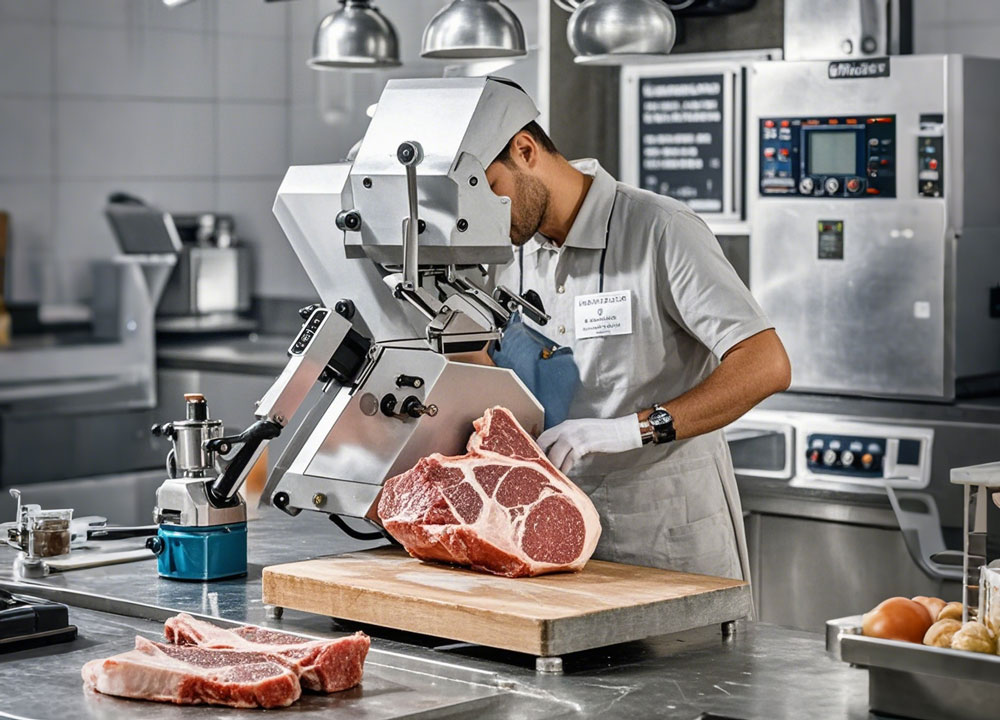
In the meat processing industry, whether you are a butcher, a large-scale meat processor, or a home enthusiast, having the right equipment is crucial for ensuring quality and efficiency. One of the most essential pieces of equipment in any butcher’s toolkit is the butcher meat cutting machine. These machines not only save time but also enhance cutting precision, helping to produce high-quality meat products consistently.
In this guide, we will explore everything you need to know about butcher meat cutting machines, from understanding their functionality, types, and key components, to factors influencing their purchase, and the best practices for maintenance. We will also delve into the price range and provide an overview of some of the best suppliers in the market.
By the end of this guide, you will have a comprehensive understanding of butcher meat cutting machines, which will help you make an informed decision when purchasing one for your business or home kitchen.
What is a Butcher Meat Cutting Machine?
A butcher meat cutting machine is a specialized device designed for slicing, dicing, and processing meat efficiently. These machines are essential for breaking down large cuts of meat into smaller, more manageable portions, ensuring that the meat is cut precisely according to desired specifications. The cutting mechanism can vary between machines, including blades, bandsaws, or circular saws, depending on the type of machine and its intended use.
Butcher meat cutting machines are used in various settings:
- Butcher shops: For portioning cuts and preparing meat for sale to customers.
- Meat processing plants: For large-scale meat processing, including slicing, deboning, and trimming.
- Home kitchens: For those who prefer cutting and processing their own meat cuts, especially for making sausages, stews, or homemade products.
Types of Butcher Meat Cutting Machines
There are several types of butcher meat cutting machines, each designed to cater to different needs and business scales. Understanding these types will help you choose the right machine for your requirements.
1. Manual Butcher Meat Cutting Machines
Manual butcher meat cutting machines require human effort to operate. They are typically more affordable and suitable for small-scale operations, where the need for speed isn’t as crucial. These machines often include a lever or handle that the operator uses to move the cutting blades or saws.
Pros:
- Affordable: Lower upfront cost compared to automatic machines.
- Precision: Operators can have more control over the cutting process.
- Easy to maintain: With fewer components, manual machines are easier to repair.
Cons:
- Labor-intensive: Requires more effort and time compared to automatic machines.
- Slower processing speed: Not ideal for high-volume operations.
2. Automatic Butcher Meat Cutting Machines
Automatic butcher meat cutting machines are equipped with powered systems such as motors or hydraulics to automatically perform cutting operations. These machines are designed for high-volume environments and are commonly used in larger processing plants or butcher shops that need to process large quantities of meat quickly and efficiently.
Pros:
- High efficiency: Able to process large volumes of meat quickly.
- Consistent results: Provides uniform cuts, enhancing product quality.
- Lower labor costs: Minimal human effort is needed.
Cons:
- Higher initial cost: Automatic machines are typically more expensive.
- Complex maintenance: May require professional repair services due to more sophisticated components.
3. Band Saw Butcher Meat Cutting Machines
Band saw butcher meat cutting machines use a continuous band of saw blades to cut through meat and bones. These machines are ideal for cutting larger bones and frozen meat products and are often used in both small butcher shops and large-scale meat processing operations.
Pros:
- Versatility: Can cut both meat and bones with ease.
- Precise cuts: Produces smooth, even cuts.
Cons:
- Requires space: Band saws typically need a larger footprint than other machines.
- Complex to clean: Due to the continuous band, maintenance can be tricky.
4. Circular Saw Butcher Meat Cutting Machines
Circular saw butcher meat cutting machines use rotating circular blades to slice through meat, offering high cutting efficiency and accuracy. These machines are often used in meat processing plants and are ideal for large-scale operations that require consistent and rapid slicing.
Pros:
- High-speed operation: Ideal for large volumes of meat.
- Sharp blades: Can easily cut through tough meat and bone.
Cons:
- High noise levels: Can be quite loud during operation.
- High initial investment: These machines can be costly.
Key Components of a Butcher Meat Cutting Machine
Understanding the components of a butcher meat cutting machine can help you evaluate different models and choose the right machine for your needs. Here are some key components to look for:
1. Cutting Blades or Saw
The cutting blades or saws are the core components of the machine, responsible for the actual meat slicing or dicing. The material and sharpness of the blades are crucial factors to consider, as they impact the machine’s performance and longevity. Stainless steel blades are common due to their durability and resistance to rust.
2. Motor or Power System
For automatic machines, the motor or power system is responsible for driving the cutting action. The power rating (measured in horsepower or watts) determines how much cutting power the machine can handle. Larger motors are ideal for processing tougher meats or bones, while smaller motors are sufficient for basic meat slicing tasks.
3. Control Panel
The control panel allows the operator to adjust settings such as cutting speed, blade pressure, and other parameters. A user-friendly control panel is essential for ease of operation, especially for automatic machines that require precise adjustments for optimal performance.
4. Safety Features
Safety should always be a top priority when choosing a butcher meat cutting machine. Look for machines with built-in safety features, such as emergency stop buttons, safety guards, and sensors that prevent accidental injury. These features are especially important in high-volume, high-speed environments.
5. Cleaning and Maintenance System
A good butcher meat cutting machine should be easy to clean and maintain. Look for models with removable components, such as blades and trays, to ensure that you can thoroughly clean the machine after each use. A good maintenance system will prolong the life of the machine and ensure consistent performance.
Factors to Consider When Buying a Butcher Meat Cutting Machine
When purchasing a butcher meat cutting machine, there are several important factors to consider:
1. Machine Size and Capacity
Depending on your operation size, you may need a machine with greater capacity. Small butcher shops may benefit from smaller, manual machines, while larger processing plants or butcher operations will need machines with high throughput capabilities.
2. Blade Type and Quality
Choose a machine with high-quality, durable blades that can withstand continuous use. Stainless steel is a popular choice due to its resistance to corrosion and ease of cleaning.
3. Ease of Use and Operation
The machine should be easy to operate, even for employees with minimal training. Look for machines with intuitive control panels and straightforward instructions.
4. Durability and Build Quality
Durability is essential in a butcher meat cutting machine. Machines made from high-quality materials like stainless steel are more resistant to wear and tear, ensuring that the machine will last longer and maintain performance.
5. Price
Price is always a consideration. While high-quality butcher meat cutting machines can be expensive, investing in a durable, efficient machine can save money in the long run. Be sure to compare prices across different suppliers and weigh the benefits of each machine before making a decision.
Butcher Meat Cutting Machine Prices: A Breakdown
The price of butcher meat cutting machines can vary widely depending on the type, brand, and features. Here’s an overview of typical prices across various types of machines:
- Manual Meat Cutting Machines: $100 – $500
- Automatic Meat Cutting Machines: $1,000 – $10,000+
- Band Saw Meat Cutting Machines: $300 – $2,000
- Circular Saw Meat Cutting Machines: $500 – $5,000
It’s important to balance price with the machine's features, durability, and capacity to ensure you're getting the best value for your money.
FAQs
1. What is the best butcher meat cutting machine for small businesses?
For small businesses, a manual butcher meat cutting machine or a small automatic meat cutting machine would be ideal. These machines offer flexibility and are more affordable while still being able to process a variety of meats efficiently.
2. How do I maintain my butcher meat cutting machine?
Regular maintenance includes cleaning the machine after every use, lubricating the moving parts, inspecting blades for wear, and checking for any potential issues with the motor or power system. Follow the manufacturer's guidelines for specific maintenance instructions.
3. Can a butcher meat cutting machine handle bones?
Yes, many butcher meat cutting machines, especially band saws and circular saws, are designed to cut through bones with ease. However, it’s important to ensure the machine is equipped with the appropriate blades for cutting bones to prevent damage.
4. Are there any safety precautions when using a butcher meat cutting machine?
Always ensure the machine is operated with proper safety measures in place. This includes using safety guards, wearing protective gloves, and ensuring that the machine’s emergency stop button is easily accessible.
Conclusion
A butcher meat cutting machine is an indispensable tool for any meat processing operation, whether for a professional butcher shop or home use. The right machine will not only improve the efficiency of meat cutting tasks but also ensure high-quality cuts that meet customer expectations. By considering the various types of machines, their components, and key factors like price and maintenance, you can select the best machine for your needs.
Investing in a high-quality butcher meat cutting machine is a smart decision that will enhance productivity and ensure consistency in your meat products. With the right care and maintenance, these machines can serve you for many years, providing the precision and speed needed to keep your operation running smoothly.
Must-Read Blogs For Chain Restaurants Owner

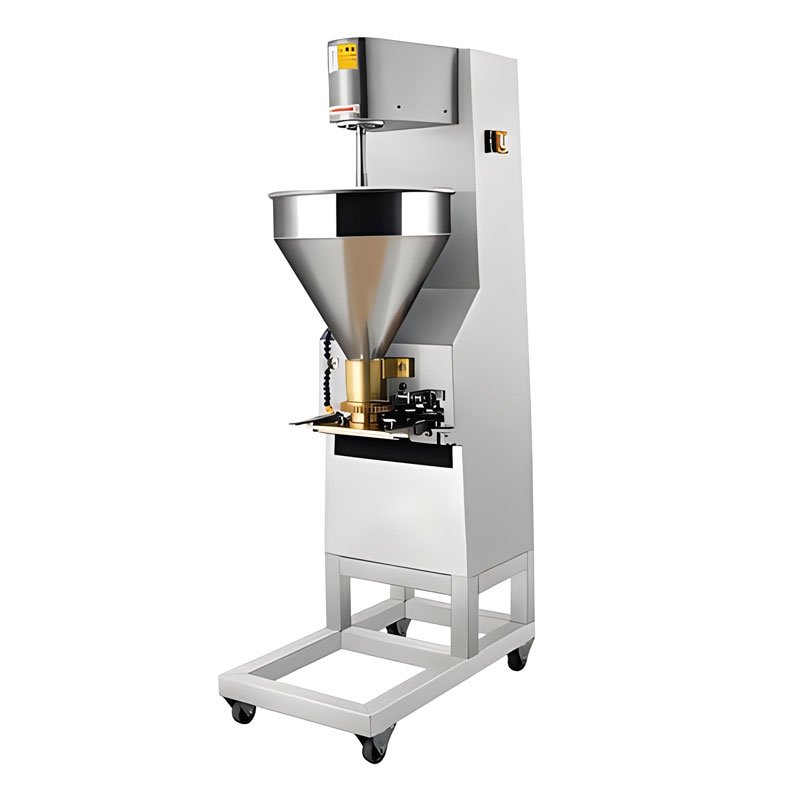
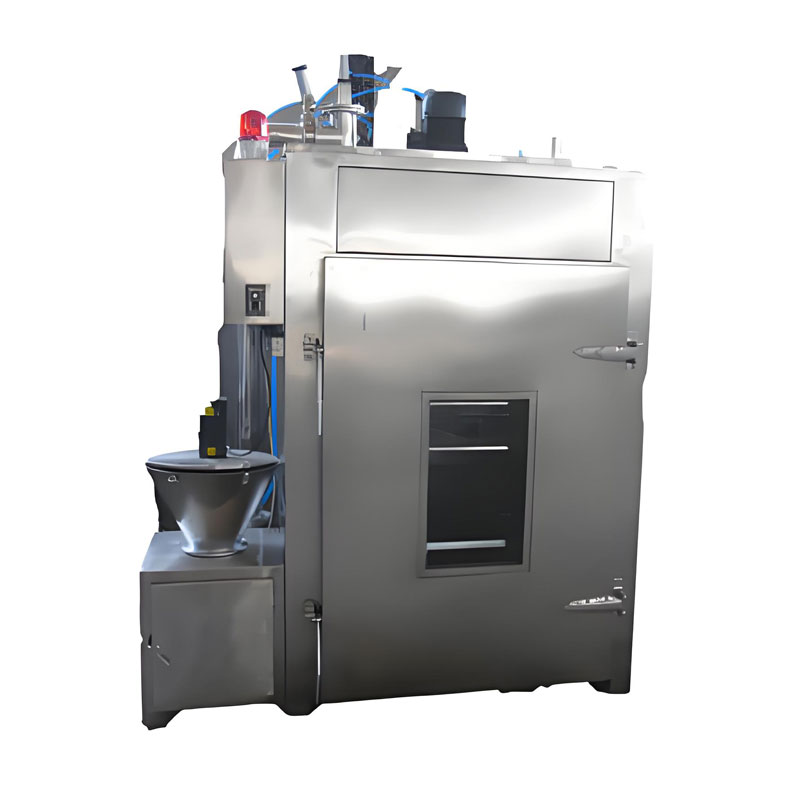
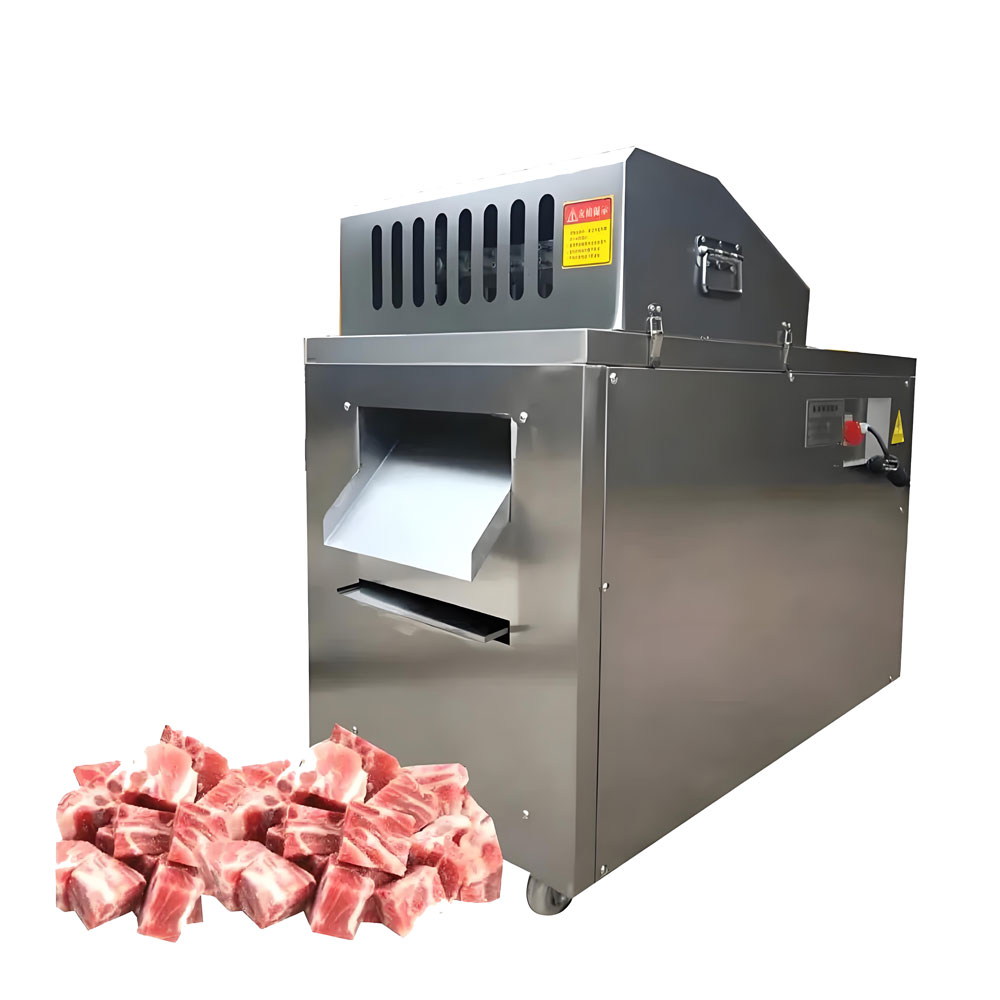
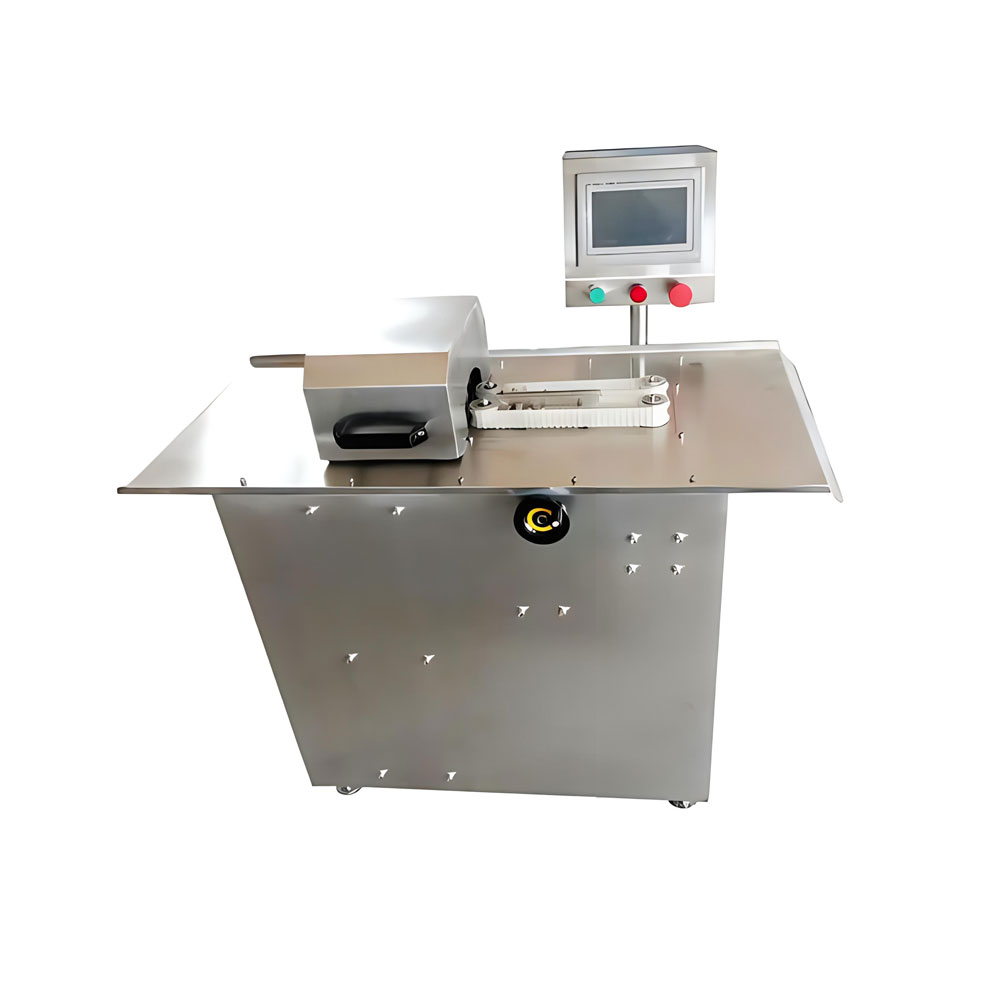
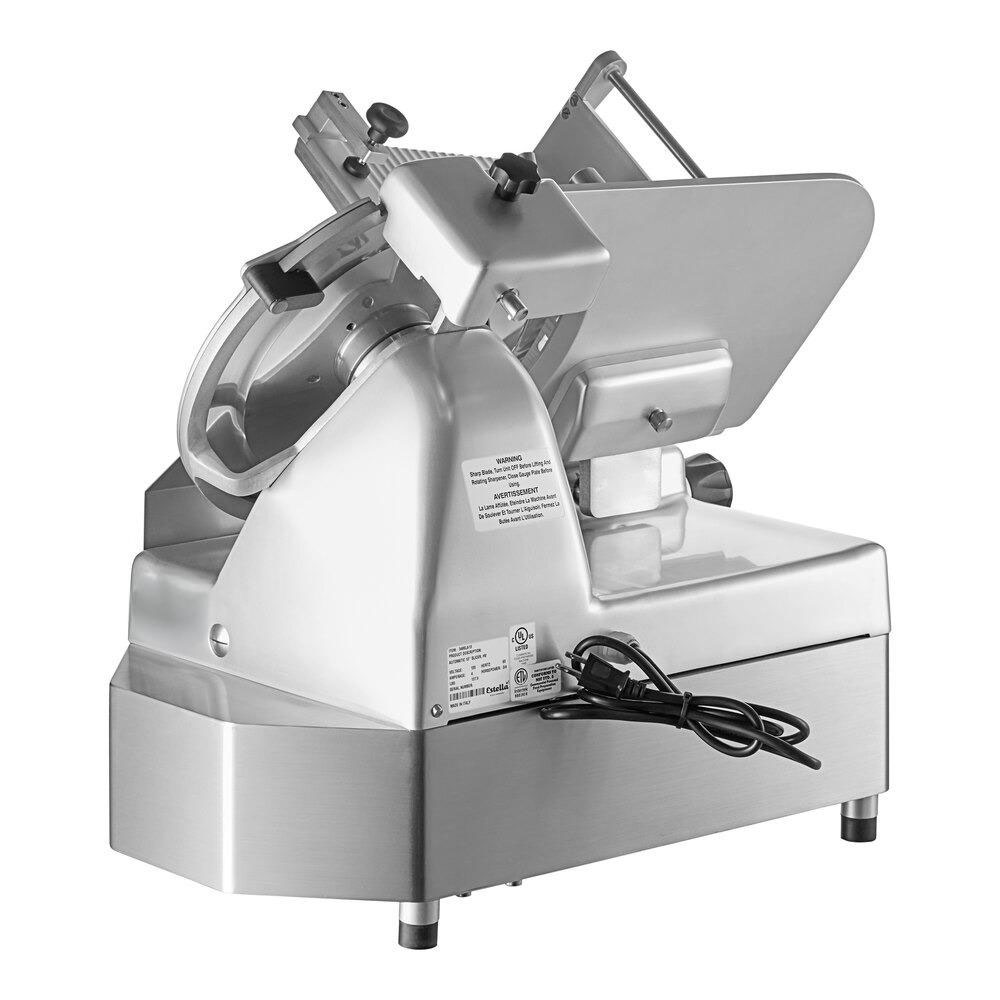
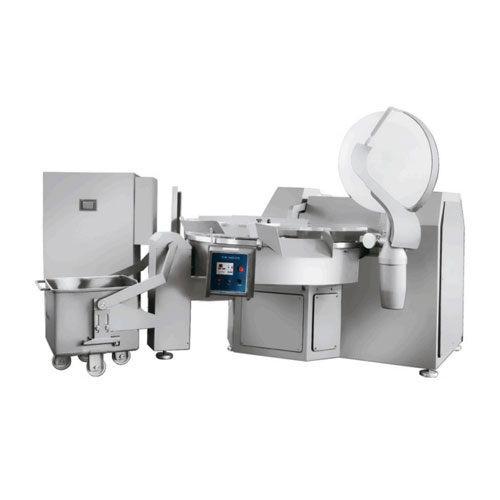
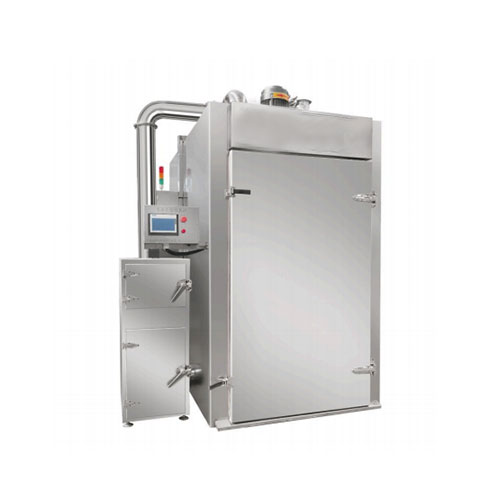
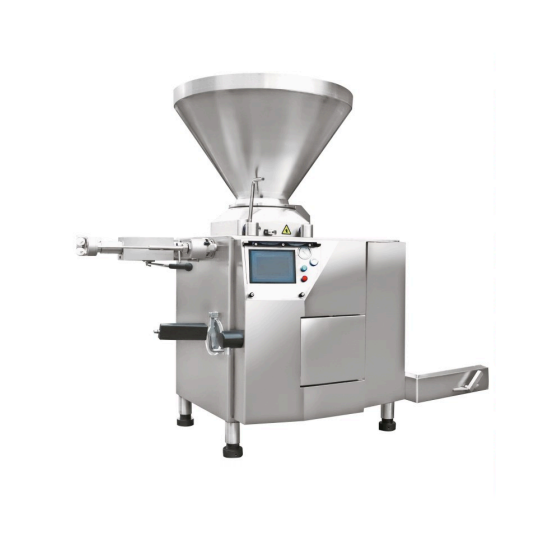
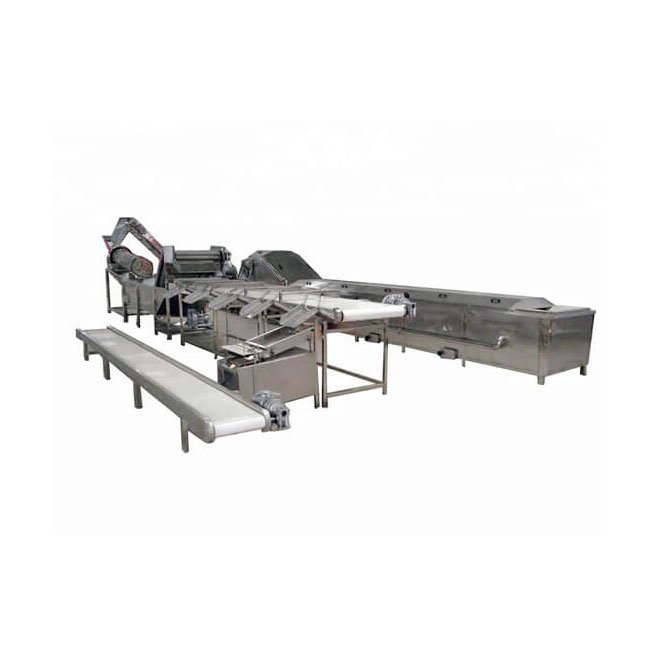
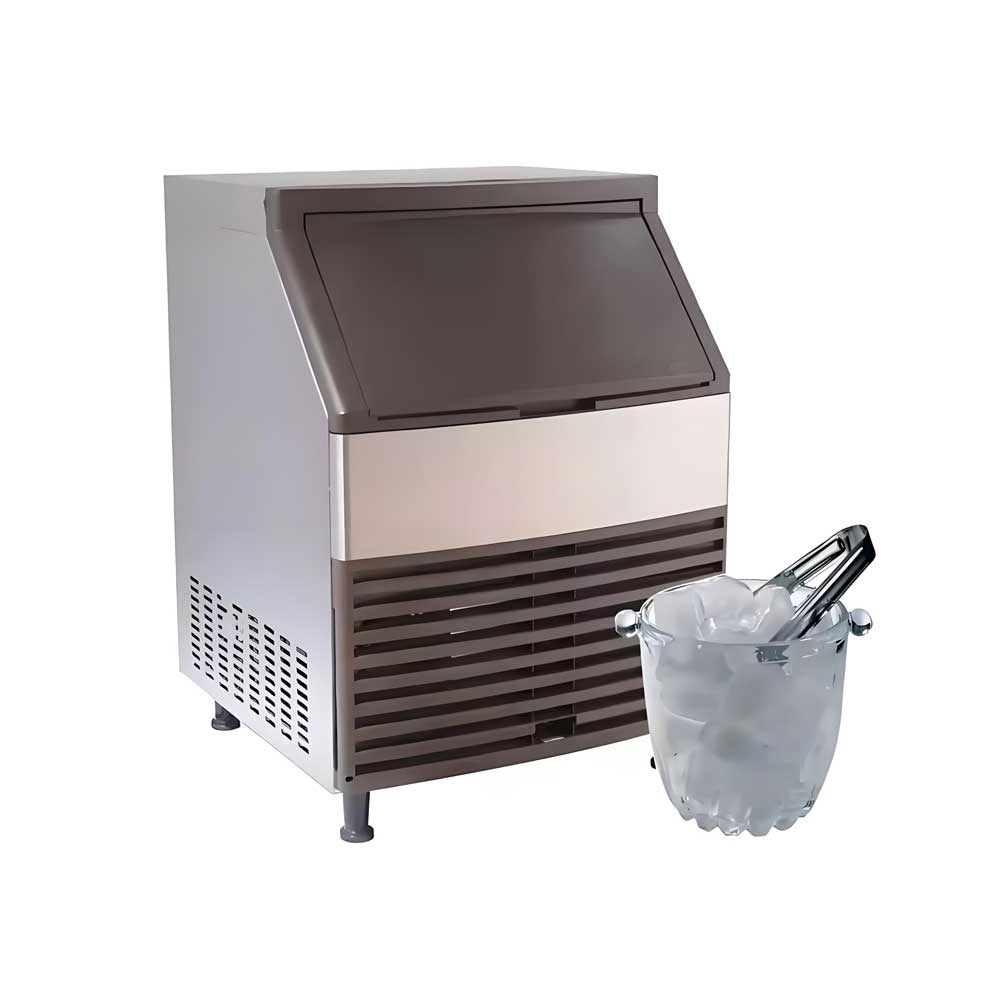
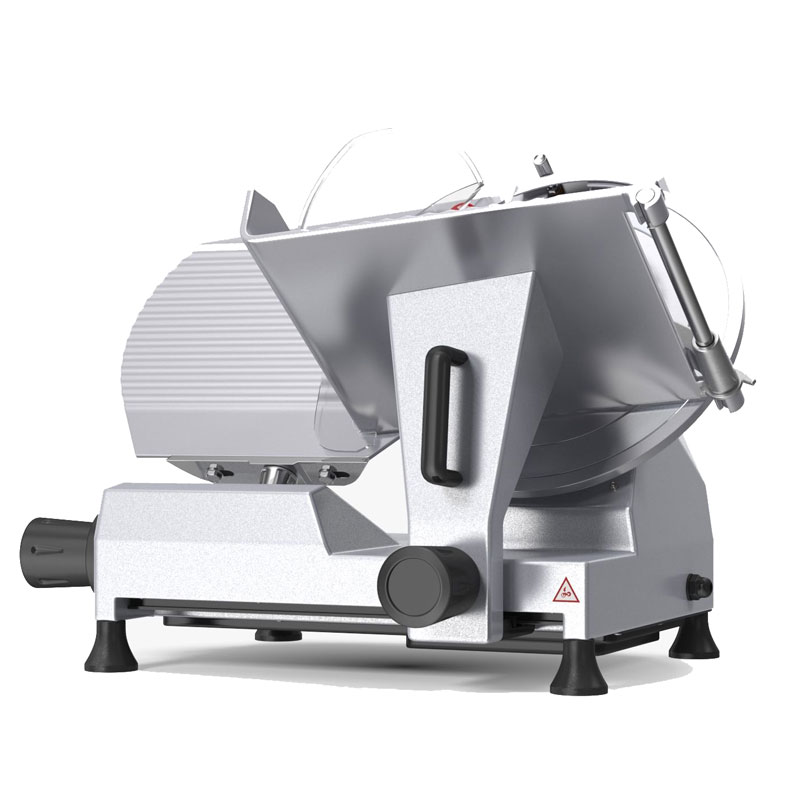 Heavy Duty Meat Slicer Machine
Heavy Duty Meat Slicer Machine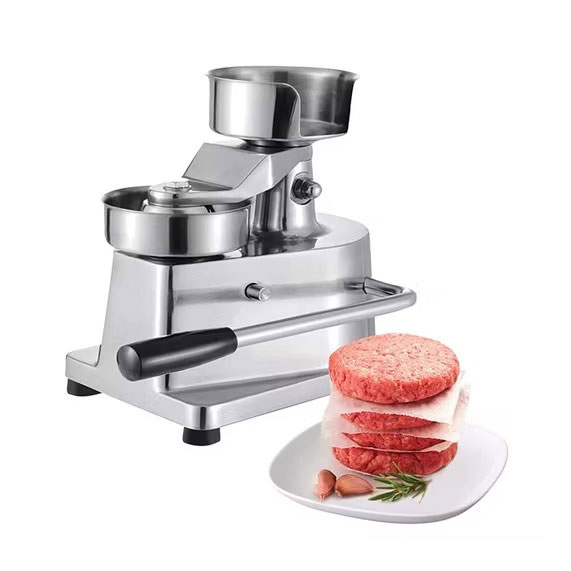 Meat Pie Maker Machine
Meat Pie Maker Machine
Ready to Get Started?